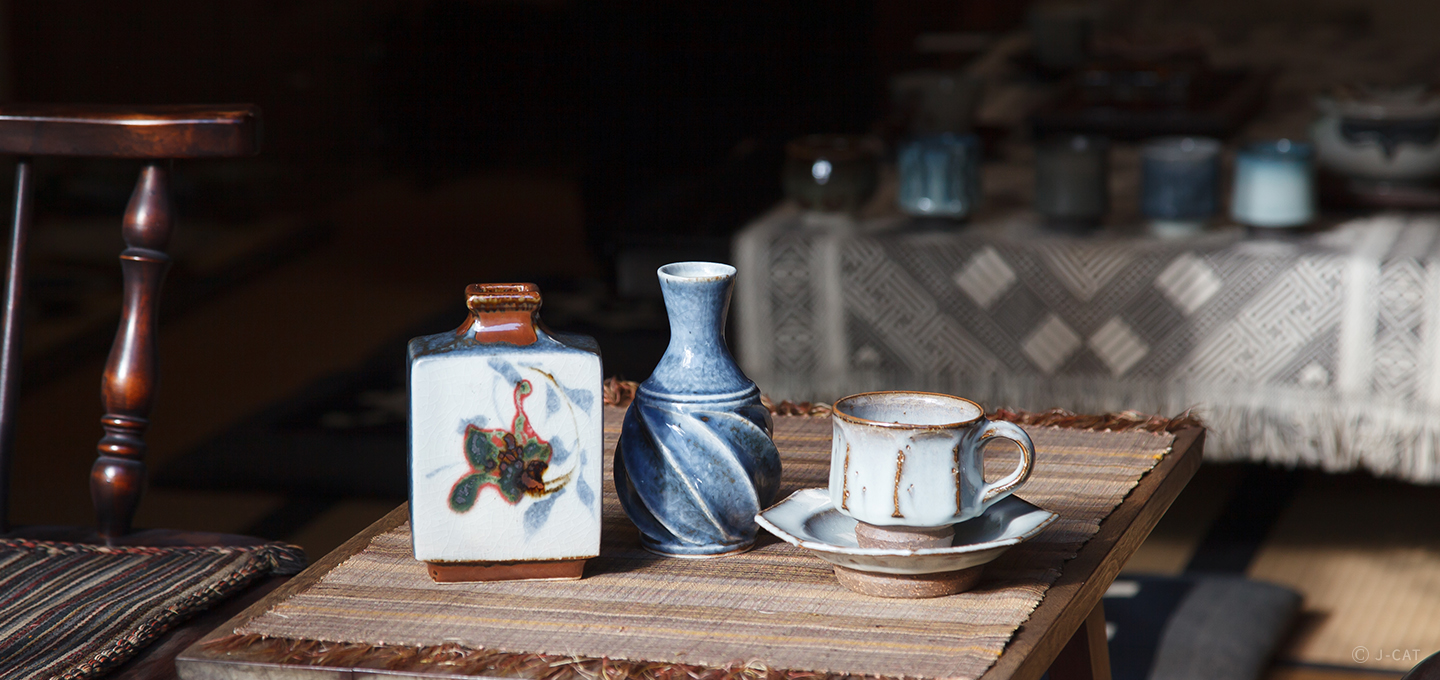
Special Experience
Kyoto
Throw Kyo-yaki and Kiyomizu-yaki Ceramics Full of Functional Beauty at a Kyoto Potter’s Workshop
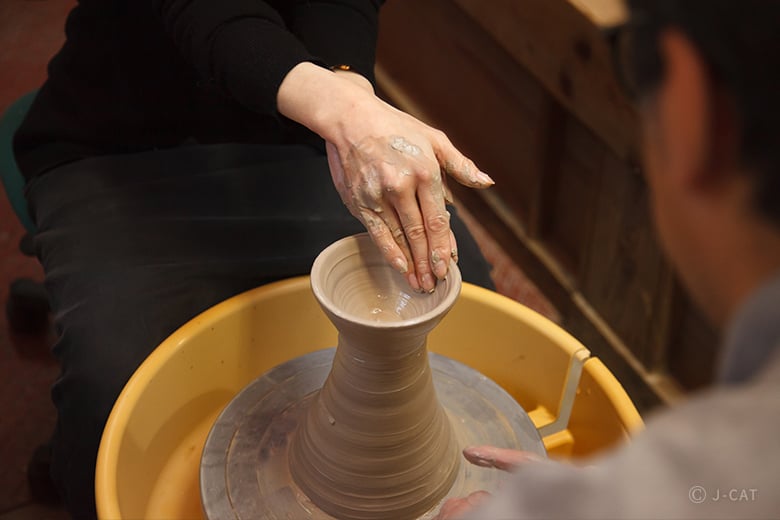
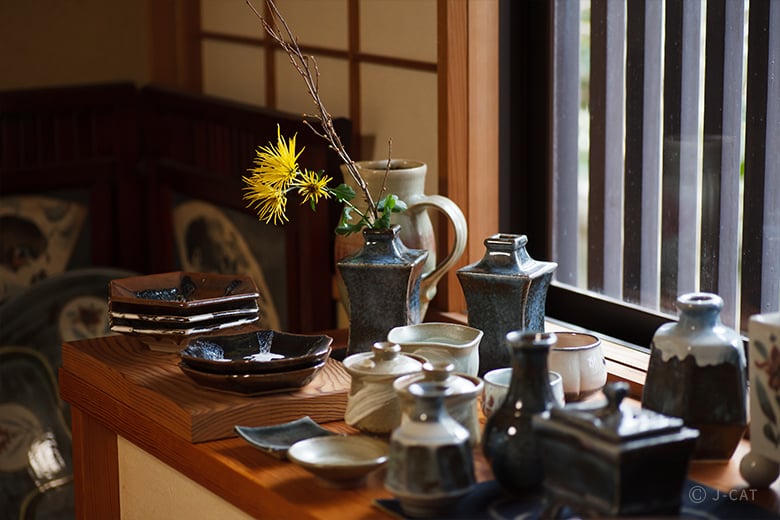
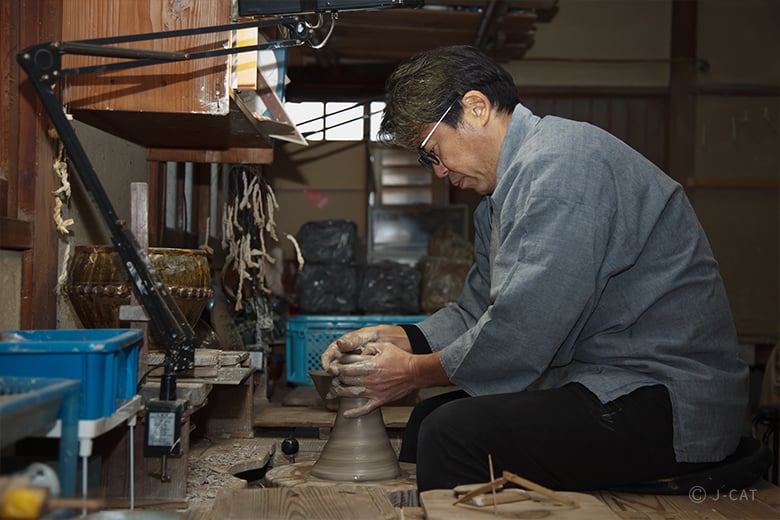
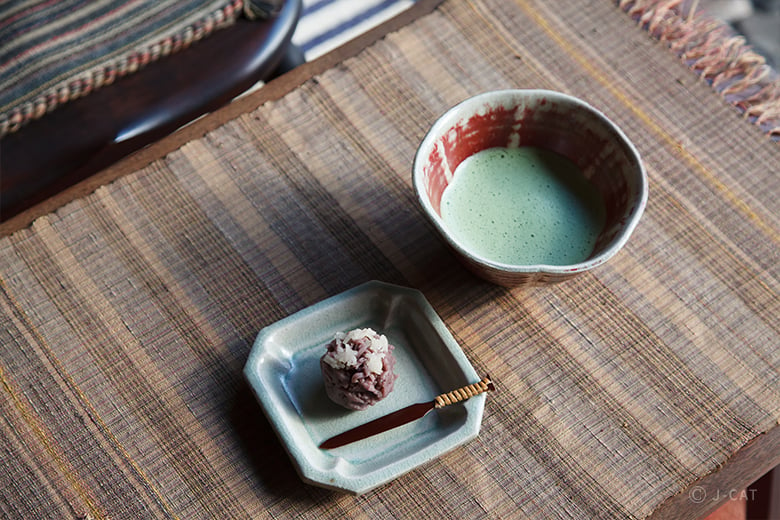
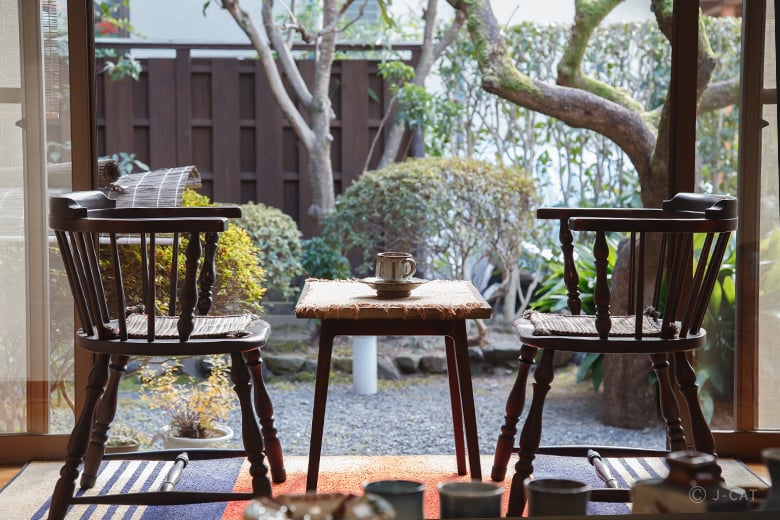
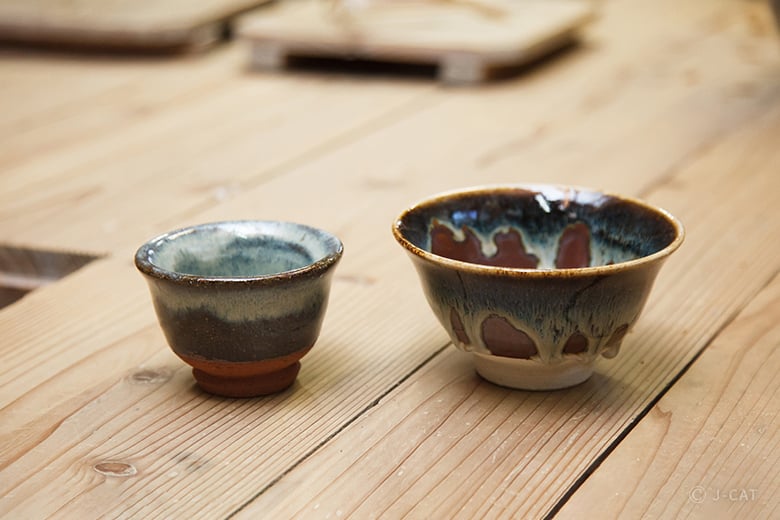

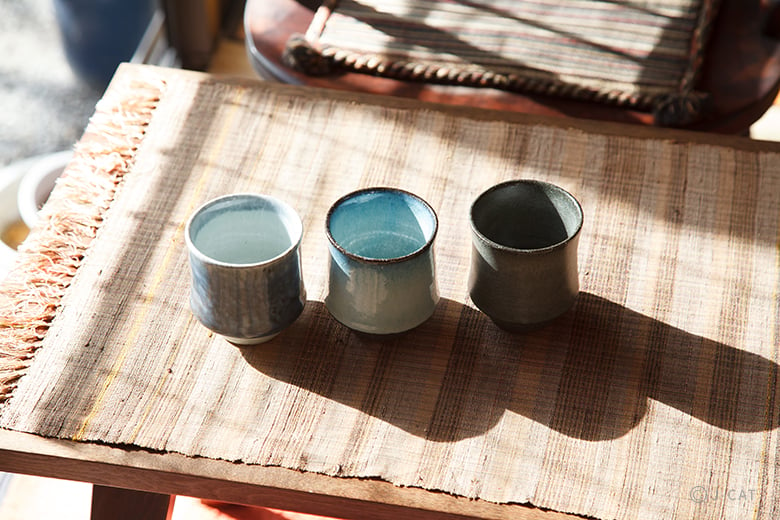
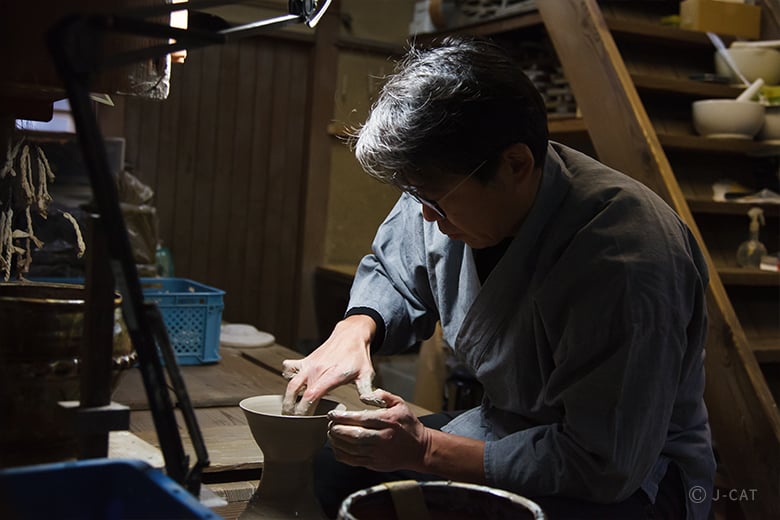
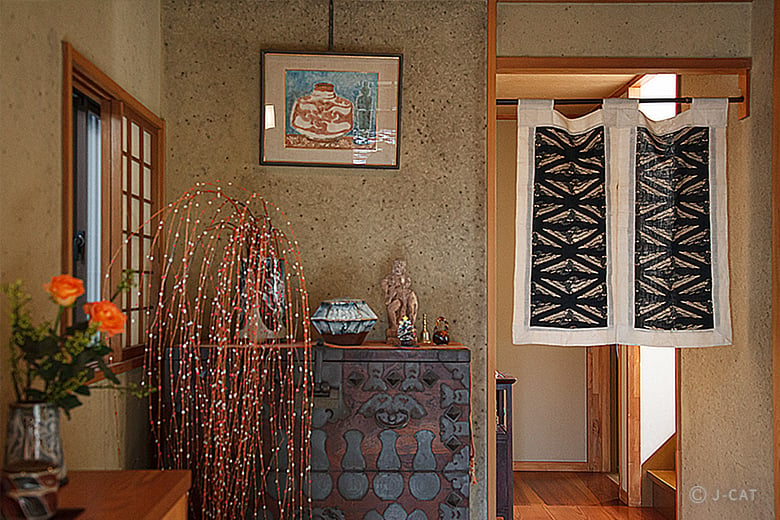
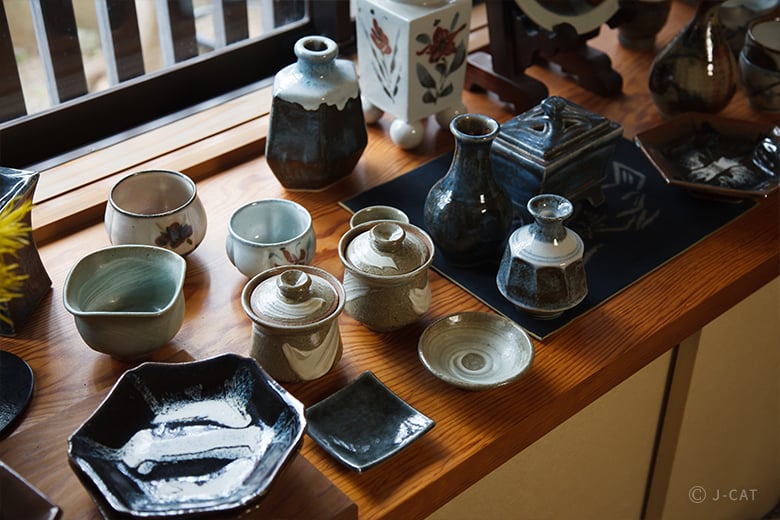
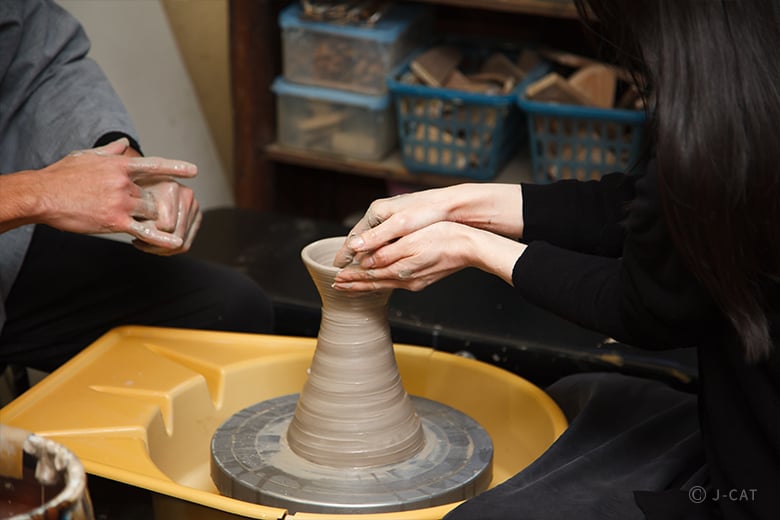
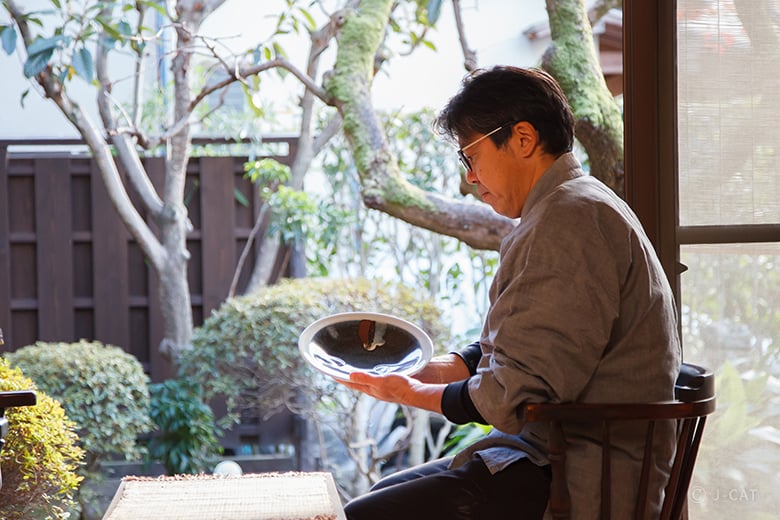
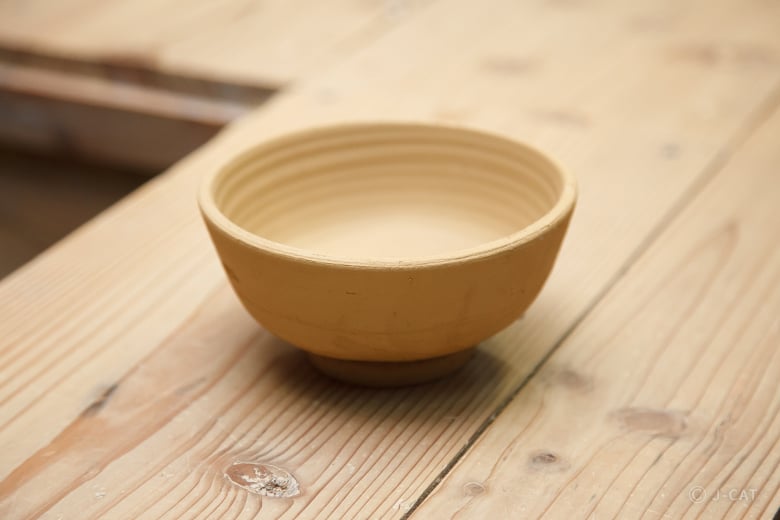
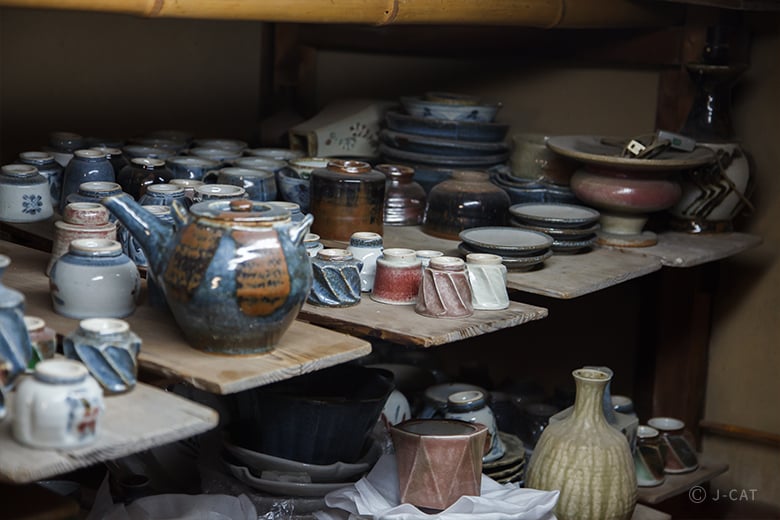
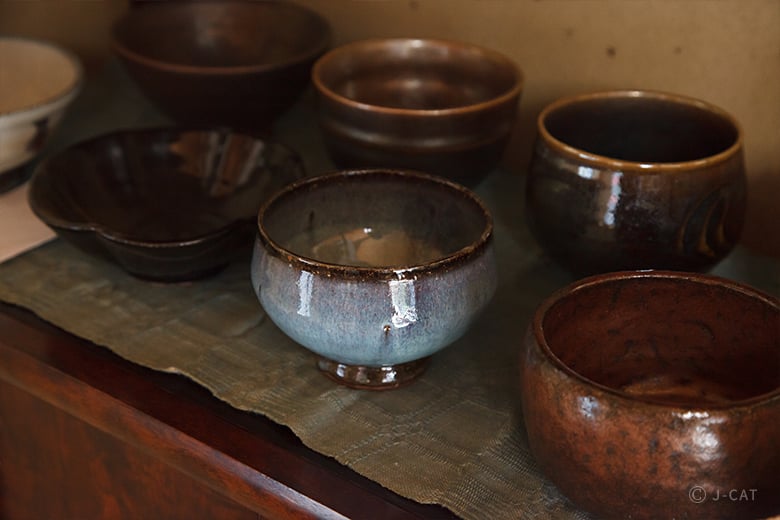
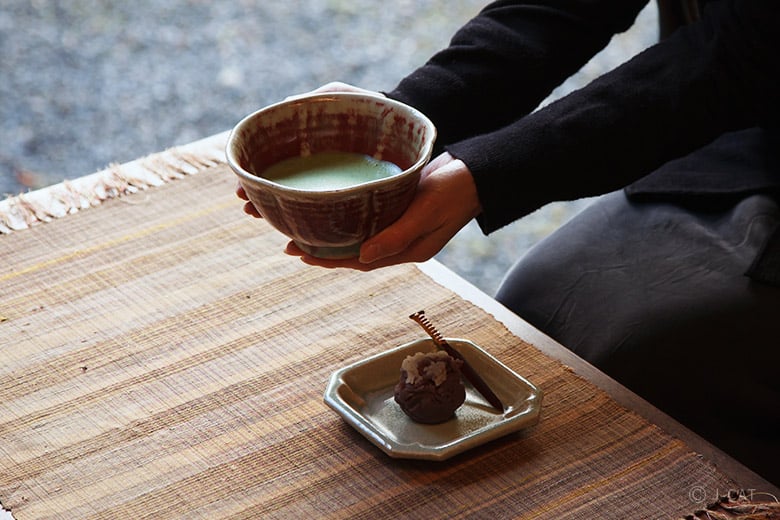
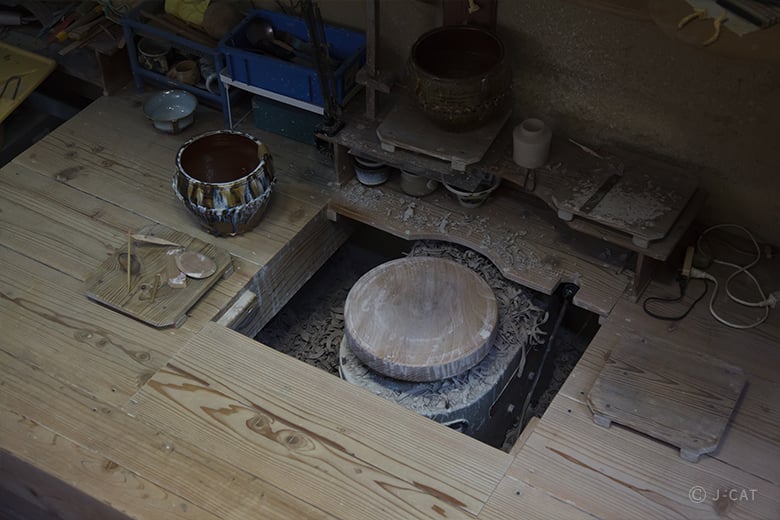
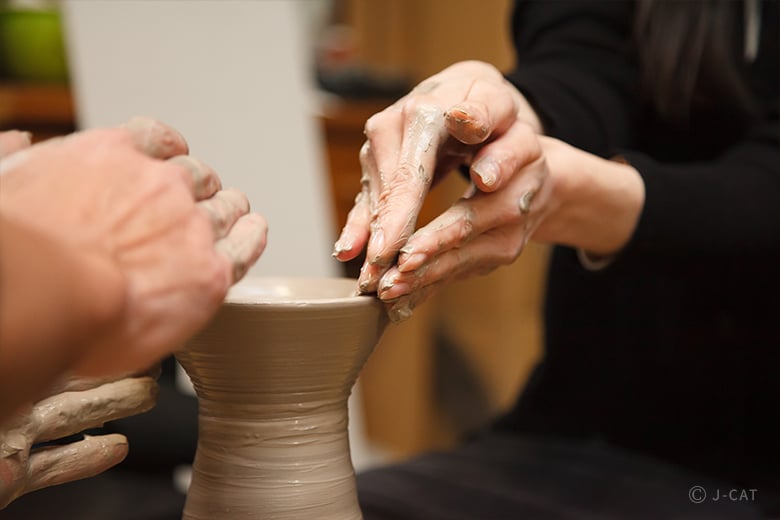



















Overview
The Kawai Kobo pottery studio was founded by Takeichi Kawai, the nephew of Kanjiro Kawai – a leading figure in the mingei (folk art) movement – around a minyo or “folk kiln”. In this pottery experience, visitors can throw their own Kyo-yaki and Kiyomizu-yaki ceramics under the guidance of Akiteru Kawai, the third generation head of the studio who has incorporated modernized approaches while preserving Kyo-yaki folk-kiln traditions, combining warmth and functionality. Create two different pieces, such as yunomi cups and chawan bowls, to be fired and delivered to you after the experience. Also, enjoy the chance to peruse Kawai Kobo’s ceramics with commentary while relaxing with a cup of matcha. Wabunka guests exclusively can take home a yunomi cup made by Akiteru himself.
Key Features
・Learn the craft of Kyo-yaki and Kiyomizu-yaki ceramics by throwing clay on a potter’s wheel under Akiteru Kawai, heir to the the designs of master potter Kanjiro Kawai, at a Kyoto workshop with three generations of history
・Peruse the works of the family line on display in the parlor, with detailed commentary – and follow the experience with tea and snacks served on Akiteru’s own works
・Choose one of the yunomi cups made by Akiteru to take home with you as a memento of the experience
Kyoto
90mins
from ¥51,000 /person
1 - 4 participants
Available in English
Cancel free up to 4 days prior
Details
Kawai Kobo, Legacy Studio of Folk Art Activist Kanjiro Kawai
The Kawai Kobo workshop sits in a residential area off Gojozaka street in Kyoto’s Higashiyama Ward – the birthplace of Kyo-yaki and Kiyomizu-yaki ceramics. The studio carries on a unique legacy of minyo (“folk kiln”) Kyo-yaki created by artist and folk kiln pioneer Kanjiro Kawai, combining the warmth of folk art with functional practicality. Kanjiro’s nephew Takeichi founded the Kawai Kobo studio, having apprenticed under Kanjiro for close to four decades before striking out on his own in 1976. It was Kanjiro’s techniques and designs that became the basis of the studio’s style, refined and handed down to the now third-generation head Akiteru Kawai, who leads the experience.

Akiteru Kawai, the third-generation head of Kawai Kobo, absorbed in his pottery
Kyo-yaki folk kiln studios produce objects of mingei (folk art) such as tea and sake vessels, tableware, vases, and so on – items both functionally practical and beautifully decorative. Akiteru has drawn attention in the world of ceramics for incorporating modern elements into this rustic tradition.

Kawai’s work appears in various dining establishments, and in exhibitions requesting him from all over the country
Akiteru’s works are characterized by warmth of color and a plumpness of shape that make them fit right into day-to-day life. He makes use of natural materials in his clay and glazes to produce comforting textures. These charms have earned his work a wide spread in department stores, exhibitions, solo shows, and workshops, garnering domestic and international acclaim.
Beauty that Fits Right into Your Everyday
The experience begins in Kawai Kobo’s parlor, where the ceramic works of Takeichi, Toru, and Akiteru – the three generations of the studio – are lined up on display. View them up close while Akiteru explains the characteristics of each, and enjoy his in-depth talk on Kyo-yaki, Kiyomizu-yaki, and Kyoto’s folk kilns, informed by generations of expertise.

The Kawai Kobo parlor is filled with the studio’s work
The ceramic styles of Kyo-yaki and Kiyomizu-yaki were developed at the pottery studios and kilns of Kyoto, predominantly in the area around Kiyomizu temple. These styles place high value on the freedom of creative expression that comes from hand-thrown pottery, and each studio carries on a legacy of unique designs. Leading intellectual Muneyoshi Yanagi, along with folk art activists like Shoji Hamada and Kanjiro Kawai, helped drive a rediscovery of “the beauty of utility,” pioneering a movement that reconsidered things of previously little value as profound objects of aesthetic worth.

A wide array of work created by the successive heads of this family studio
While you take in Akiteru’s talk, delight in matcha and Kyoto sweets served on his very own handmade wares. Actually using the studio’s ceramics is the best way to appreciate the functional beauty of the everyday that they embody, and their readiness to become intimate parts of daily life. It’s also a good opportunity to consider your vision for the piece you will make.

Appreciating Kawai Kobo’s unique pottery with up-close use
Freeing Your Ideas and Bringing Them to Life
After a close-up look at the work of the masters and an expert talk on Kyoto ceramics, move to the workshop itself to experience throwing your own ceramics on a potter’s wheel, choosing from a variety of options including teacups, small plates, small bowls, and Wabunka exclusive options including small and medium-sized pots, plates, mugs, ochoko sake cups, and miniature vases – not normally available to Kawai Kobo’s visitors.*
*Specific options vary depending on participants’ experience and proficiency with ceramics and the potter's wheel. For more information and personalization, please consult with your experience provider on the day.

Losing yourself in focus on the craft
Typical Kyo-yaki and Kiyomizu-yaki are often made quite thin, but Kawai Kobo’s signature style crafts them on the thicker side. With Akiteru’s attentive guidance, let your hands form the clay with a mind to express folk craft warmth and plumpness of form. The master potter instructs you in such fine points as the application of force and how to release the clay – ensuring that even absolute beginners can be at ease. Finesse and slow gentle movements to the very end are key to bringing out ideal shapes.

Thrown, glazed, and fired pieces (actual finished products vary)
“Neither my father nor my grandfather tried to force my style, and I’ve always been able to work valuing my own feelings,” says Akiteru as he works the kiln. It is this same spirit he seeks to bring to visitors’ experiences at the kiln, so each creator can explore their own sensibilities and the freedom of creation. Find the potter within you as you create your own Kyoto ware.
Tea Time with the Master Potter
When your work is finished, enjoy a moment of relaxed chat over a cup of bancha tea. This is an excellent opportunity to plumb the potter’s thoughts more deeply, share your own reflections on the experience of pottery, or get finer technical explanations about glaze and firing.

The master potter’s detailed description of the glazing and firing process is sure to leave you looking forward to your completed piece
Akiteru’s upbringing was filled with pottery, and the works of the studio were his everyday tableware at home. “I guess I’m lucky that I've always had it around me since I was little, enabling me to learn it naturally without any absolutist dogma.” Time is apt to fly as you listen to his fascinating stories of childhood in a family of potters.
The Joy of Creating Functional Beauty and Enhancing the Day-to-day
The pieces you create in the experience will be finished by Akiteru, with glazing and firing done on a later date before being shipped to you.* Enjoy the anticipation of seeing your finished piece again after this transformation, sporting the thick glaze Kawai Kobo is known for. And exclusive to Wabunka, take home a cup crafted by Akiteru himself on the day of the experience.
*Finished works may arrive up to six months after the experience.

Gorgeous ceramics with warm glaces, typifying Kawai Kobo’s style
Kanjiro Kawai is remembered to have loved the maxim “Life is work and work is life.” Discover the beauty of the everyday in the functional items of life, and immerse yourself in the creation of works that will help draw it out in your own life, and immerse yourself in the warmth and style of a potter’s studio that runs by this philosophy at Kawai Kobo.
Kawai Kobo

Kawai Kobo
A potter’s workshop known for its use of the minyo (folk kiln) Kyo-yaki (Kyoto ware), merging the warmth of folk craft with practical functionality, through techniques passed down by the workshop’s founder Takeichi Kawai. Today run by its third generation head Akiteru Kawai, the workshop is unusual for having its own noborigama ascending kiln, and for its unique handling of the entire process of ceramics production from start to finish on its own – a rarity in the Kyoto ceramics world, where highly specialized divisions of labor are the norm. Akiteru also works as a contemporary folk artist, producing works of art, tea pottery, tableware, and vases that combine the gentle forms of folk art with modern styling.
Customer's Voice
Everything from Booking to the end of our experience was superb! Working with our Master Craftsman Kawai Akiteru was amazing! Loved his hospitality and patience as an instructor. Truly a gentleman and amazing artist. Our interpreter was wonderful as well!
A.D. United States
Being able to have a conversation with Kawaii Kobo over some tea before throwing pottery allowed us to understand history behind his technique and style.
P.G. Switzerland
Location
Kawai Kobo
Simogyo Ward, Kyoto
Request for booking
Select first preferred date (JST)
December 2025
Sun
Mon
Tue
Wed
Thu
Fri
Sat

Instant Booking

Request Booking

17
Full

17
Unavailable
Kyoto
90mins
from ¥51,000 /person
1 - 4 participants
Available in English
Cancel free up to 4 days prior
Things to know
Contact Us
If you have any questions, please contact us using the form below.
We also accept bookings from corporate clients and travel agencies.